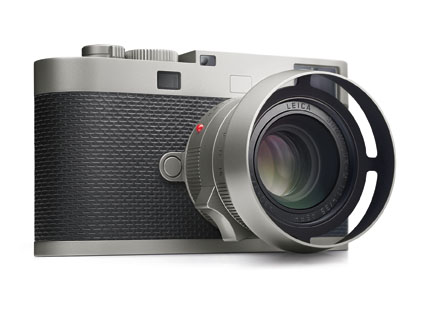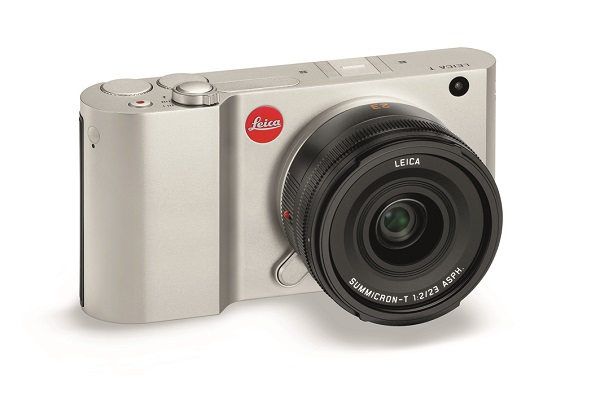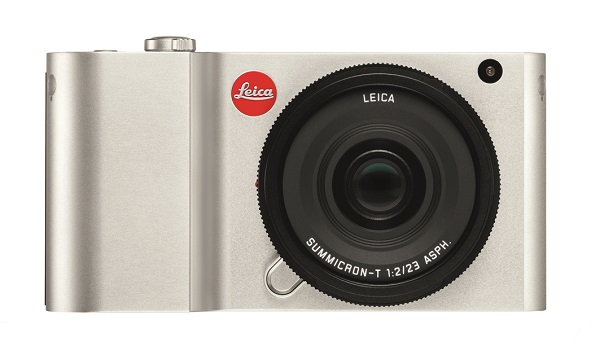A distinctive product design: the Leica camera
Last year, the world of photography celebrated an important anniversary: 1914, Oskar Barnack, physically unable to work but a brilliant engineer, invented the Ur-Leica. The camera was market in 1925 and has shaped the visual language of the 20th century decisively. Already 1996, Leica has introduced the first digital camera and further developed its digital models continuously.
2015, two Leica cameras were honoured in the Red Dot Award: Product Design. The Leica T received the highest single award "Red Dot: Best of the Best", which was developed in collaboration with Audi Design. The digital Leica T is characterized by a timeless and sleek design. It was picked up the unmistakable attributes of Leica product design and systematically developed with clean lines, smooth surfaces and formal minimalism. Another feature is the compact and solid housing made of a single piece of aluminium.
The "Red Dot" awarded Leica M60 represents a tribute to the legendary camera Leica M, which was first created in 1954. Also shaped by Audi Design, the camera is the first digital camera, which concentrates exclusively on the bare functions required for digital photography: shutter speed, aperture, focusing and ISO sensitivity. Stainless steel has been employed for the visible metallic elements of the camera and lens.
Once the Leica established the small-size picture format of 35mm film and with only 425 gramme, the camera was a literal easing opposed to medium and large format cameras. The new format enthused photo avant-gardists as well as photojournalists and amateurs. This significant cultural influence characterises the brand even 90 years after the introduction of the Leica I, making its advanced models become a status symbol.


